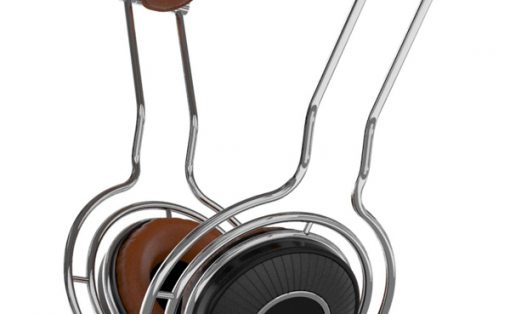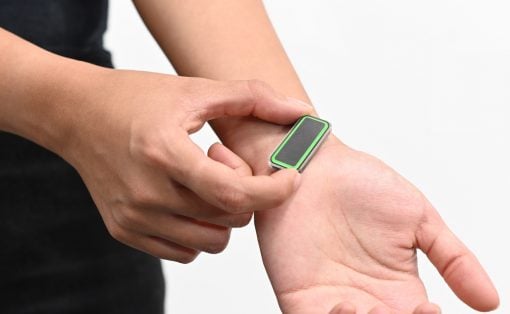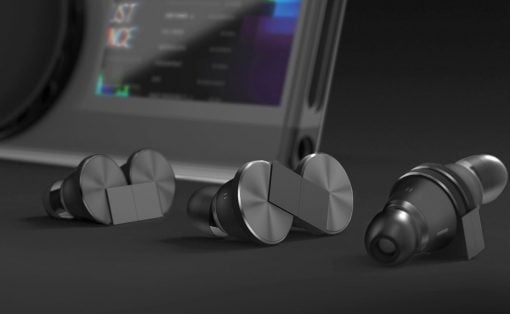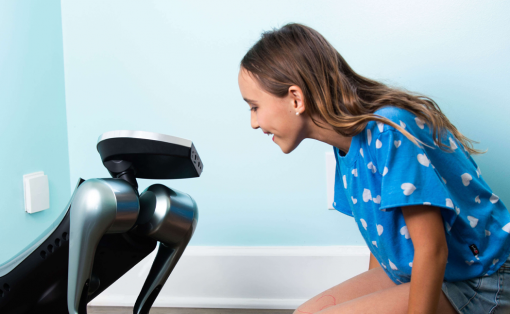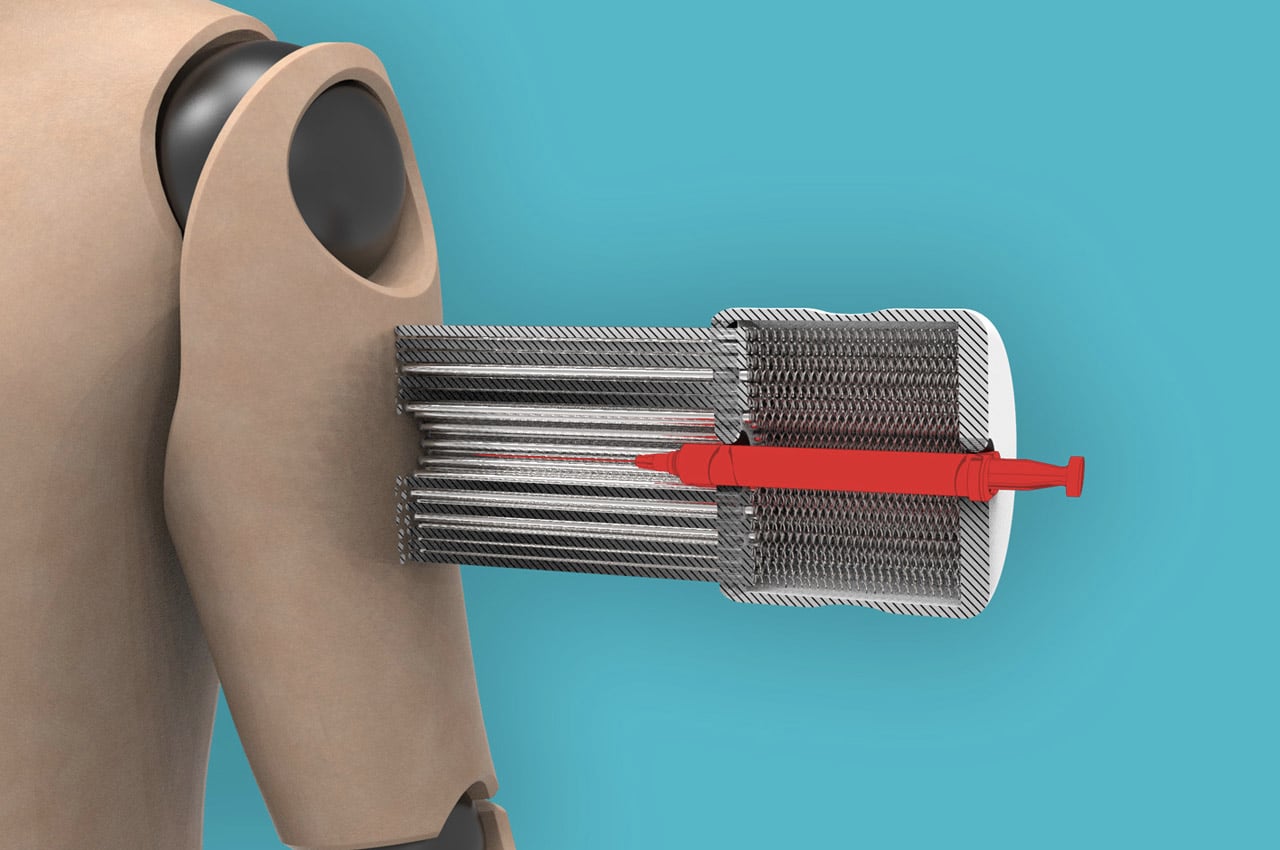
If there’s something that this pandemic has taught us it’s that health truly is wealth! We cannot take our health and well-being for granted, and a mindset of preparedness and precaution is extremely integral during such times. The medical industry has been making leaps and jumps in its innovations, to ensure such a brutal pandemic doesn’t occur again. Designers have been coming up with new and improved, life-saving medical designs that not only boost medical care but relieve some of the pressure from our tireless medical force. From a smart fabric with an electrical signal that monitors your health to a Plug & Play wearable injector concept – these designs tackle a variety of problems in the health and medical field. They’re a boon to modern healthcare and a reminder that we cannot take our health for granted any longer!
1. The Pinsoft
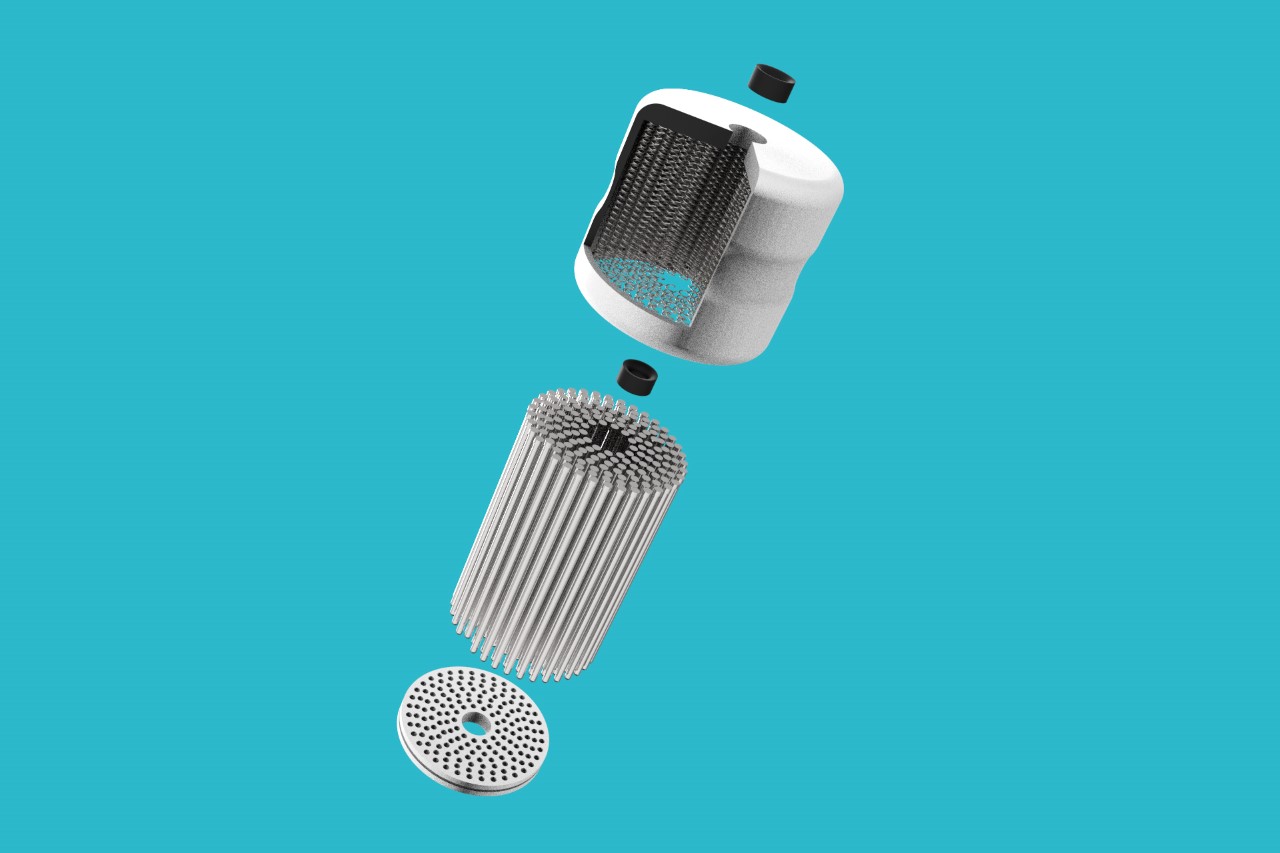
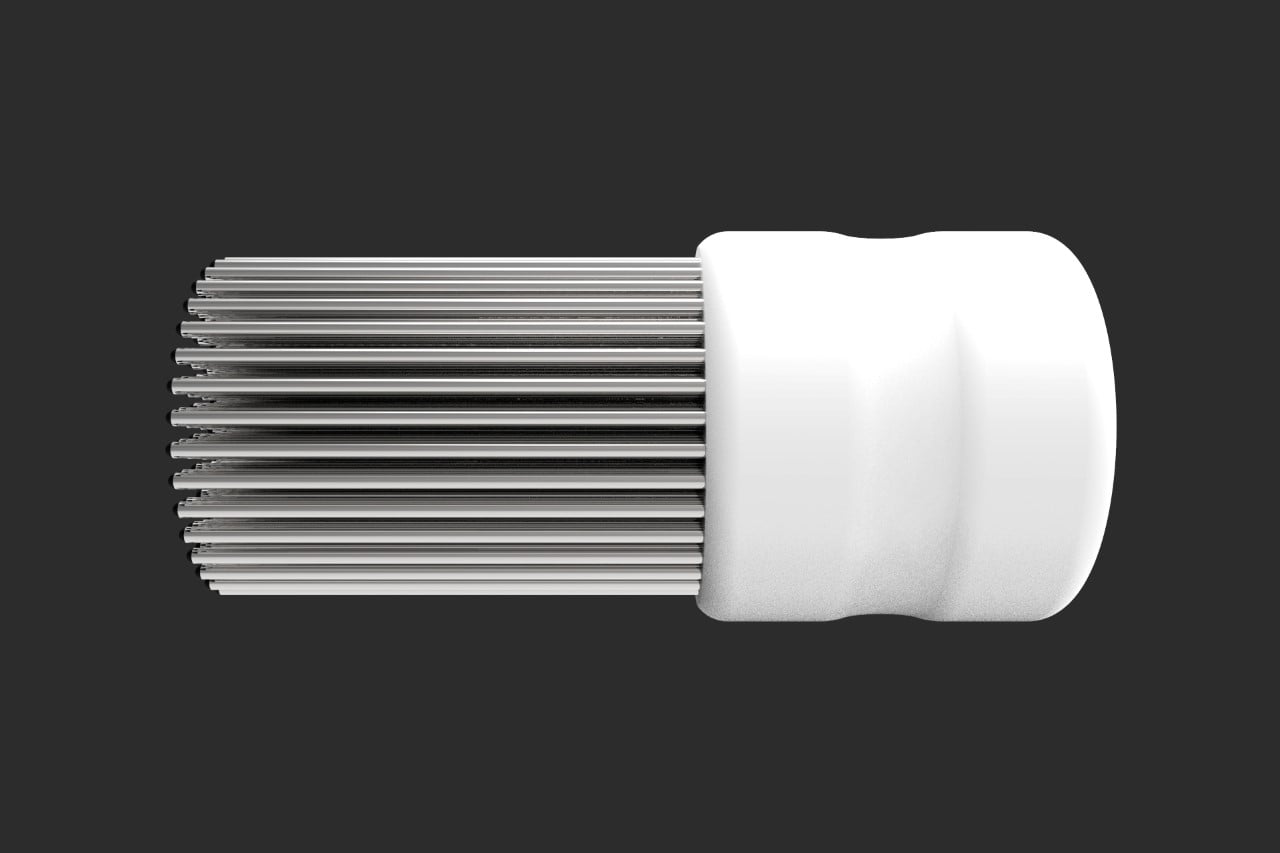
While its appearance could easily be mistaken for a fancy meat tenderizer, the James Dyson National Award-winning Pinsoft is an injection attachment that helps people deal with Trypanophobia or a fear of needles. Its terrifying appearance aside, the Pinsoft sits around ‘ an injection, and its multiple round-tipped prongs help stimulate and confuse your skin as the needle makes its way through. The gentle stimulation caused by the prongs distracts your brain since it can’t immediately tell the difference between the prongs touching your skin and the needle piercing your skin. By the time you realize what’s happened, you’re done with your shot!
2. The Dab
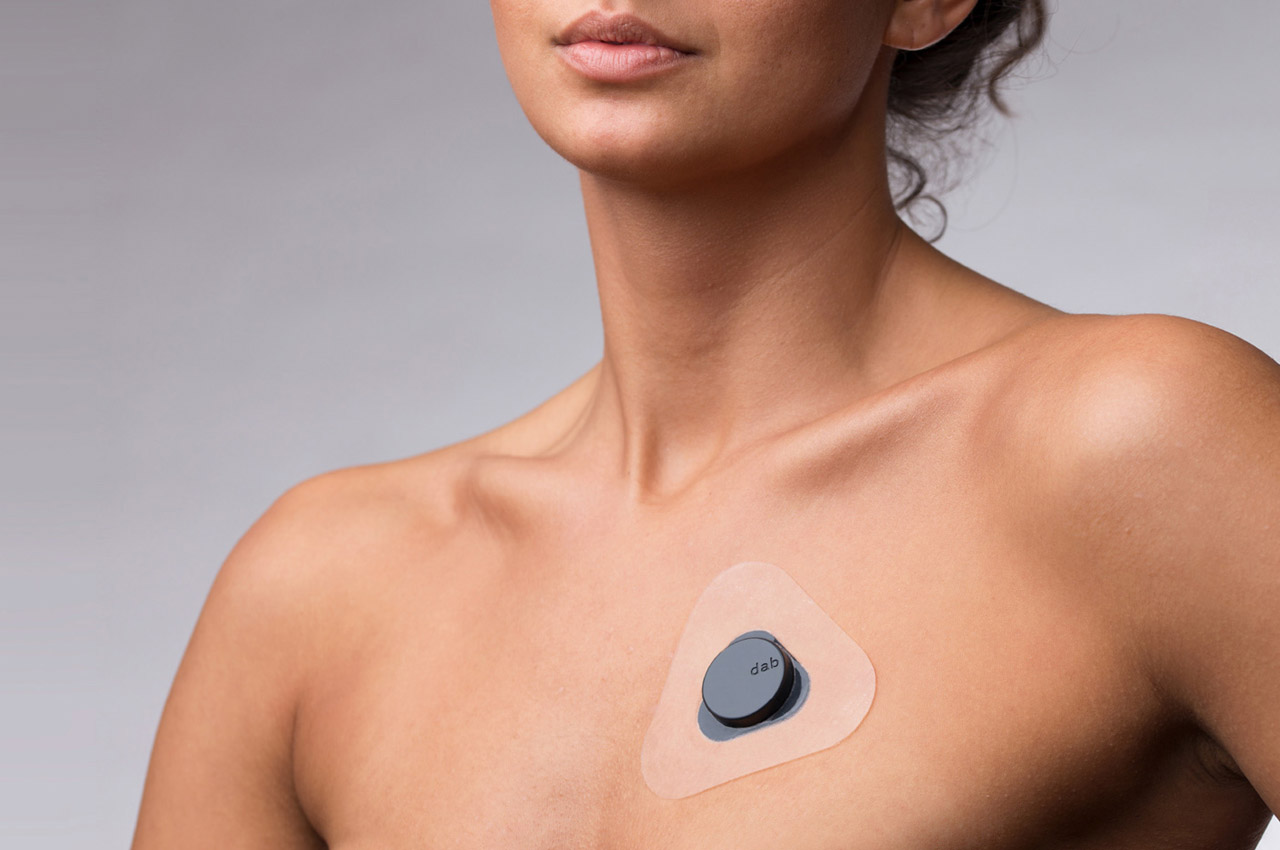
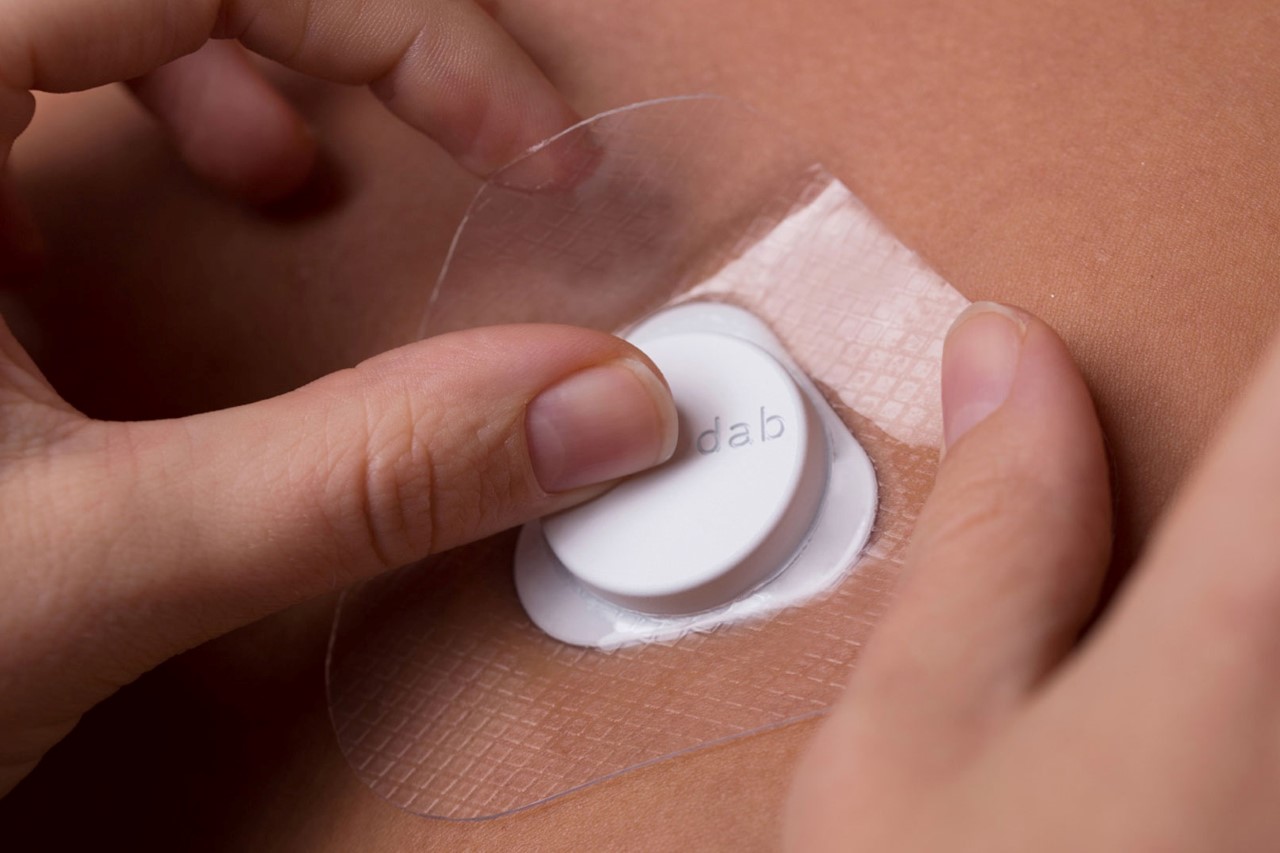
Literally the size of a quarter, the Dab is an unobtrusive Holter ECG/EKG that rests comfortably on your chest, constantly reading your heart’s movements. Designed to be minimal, non-invasive, and simple, the Dab tries to bridge the gap between medical appliances and wearables. Its tiny yet classy design sits on your chest via a gel patch, while the electrodes capture your heart activity. The Dab’s dry-electrodes allow it to be used and reused, unlike disposable electrodes that lead to large amounts of medical waste. They constantly measure one’s heart activity (requiring periodic charging via their wireless charging hub), and keep logs of accurate readings, quietly sitting on your chest while you absolutely forget that they’re even there in the first place!
3. Fanny
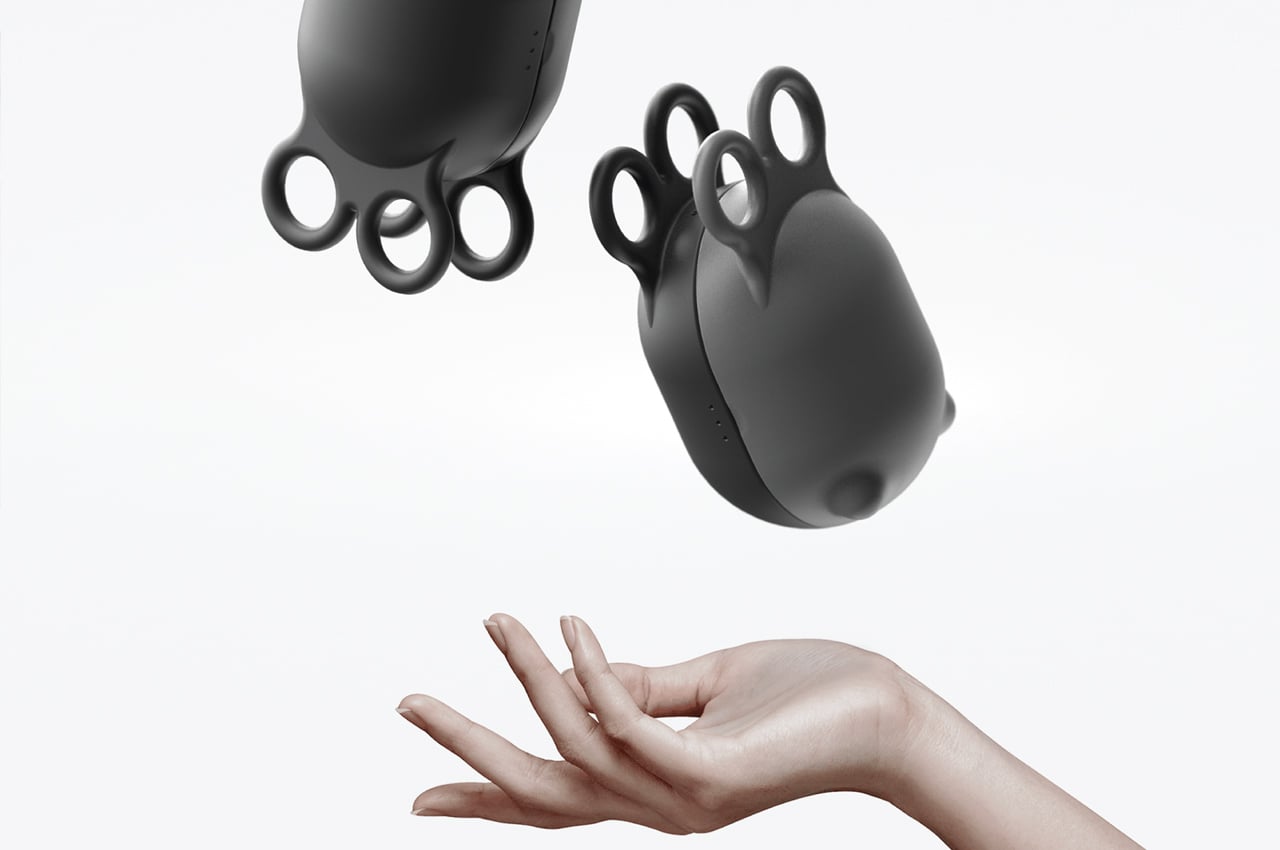
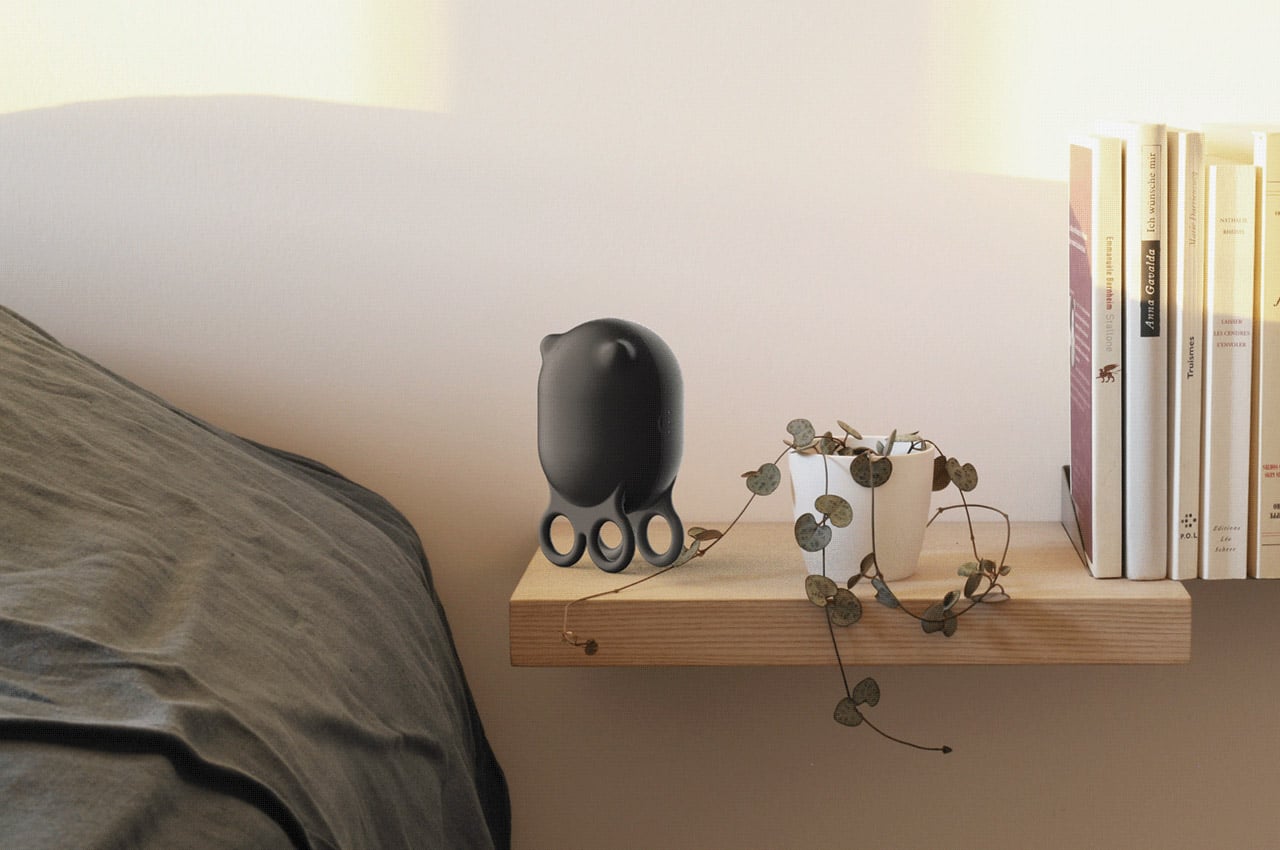
Designer Abel Szabo zooms in on the problem of wrist injuries to create a rehabilitation product that eases the user through the process of strengthening the muscle and tissues. Dubbed Fanny, this wrist rehabilitation medical accessory is specifically designed for people in the process of recovering from a nagging wrist or hand injury, or ones who keep suffering the same injury due to negligence in the past. Abel also seeks to devise a practical solution for people who either develop tennis elbow or are susceptible to developing it in the future due to the repetitive nature of their task.
4. The Ember Cube
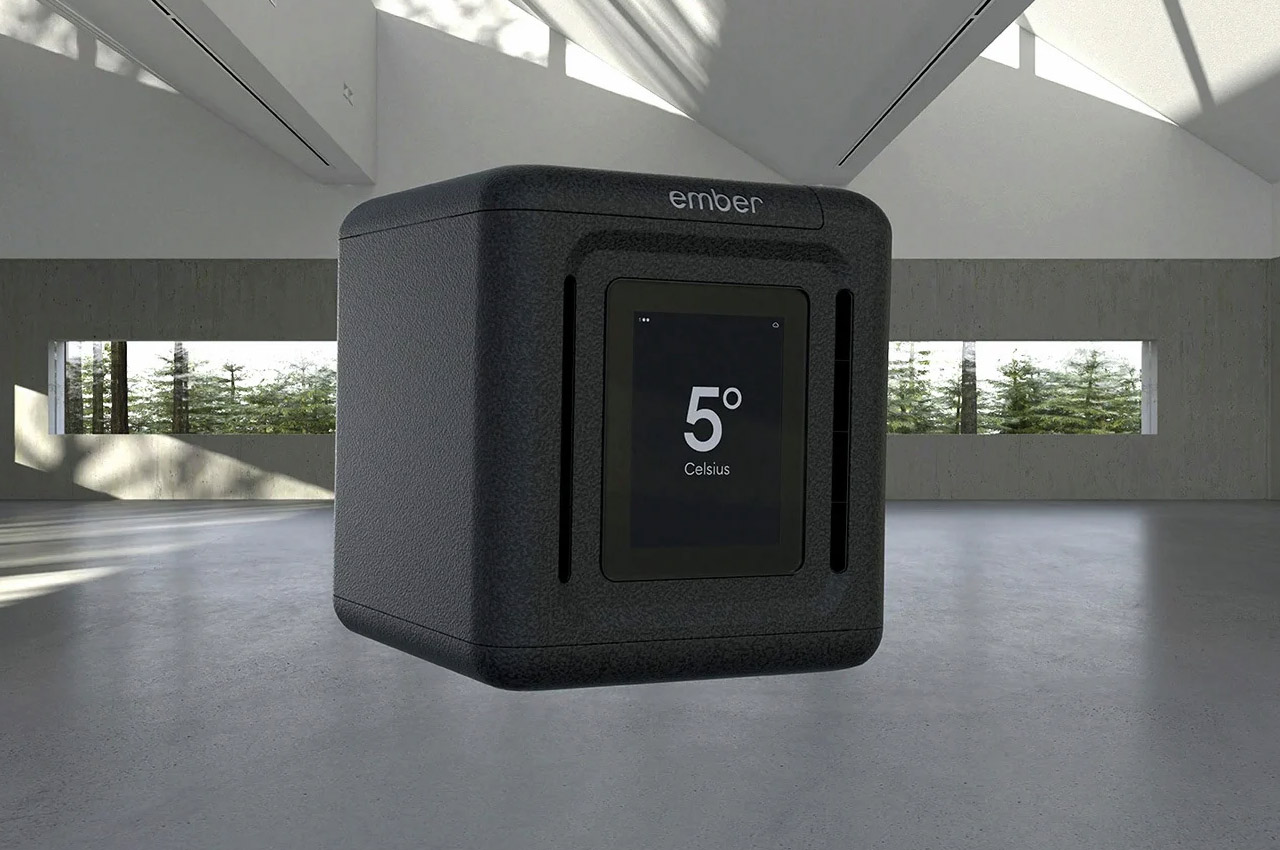
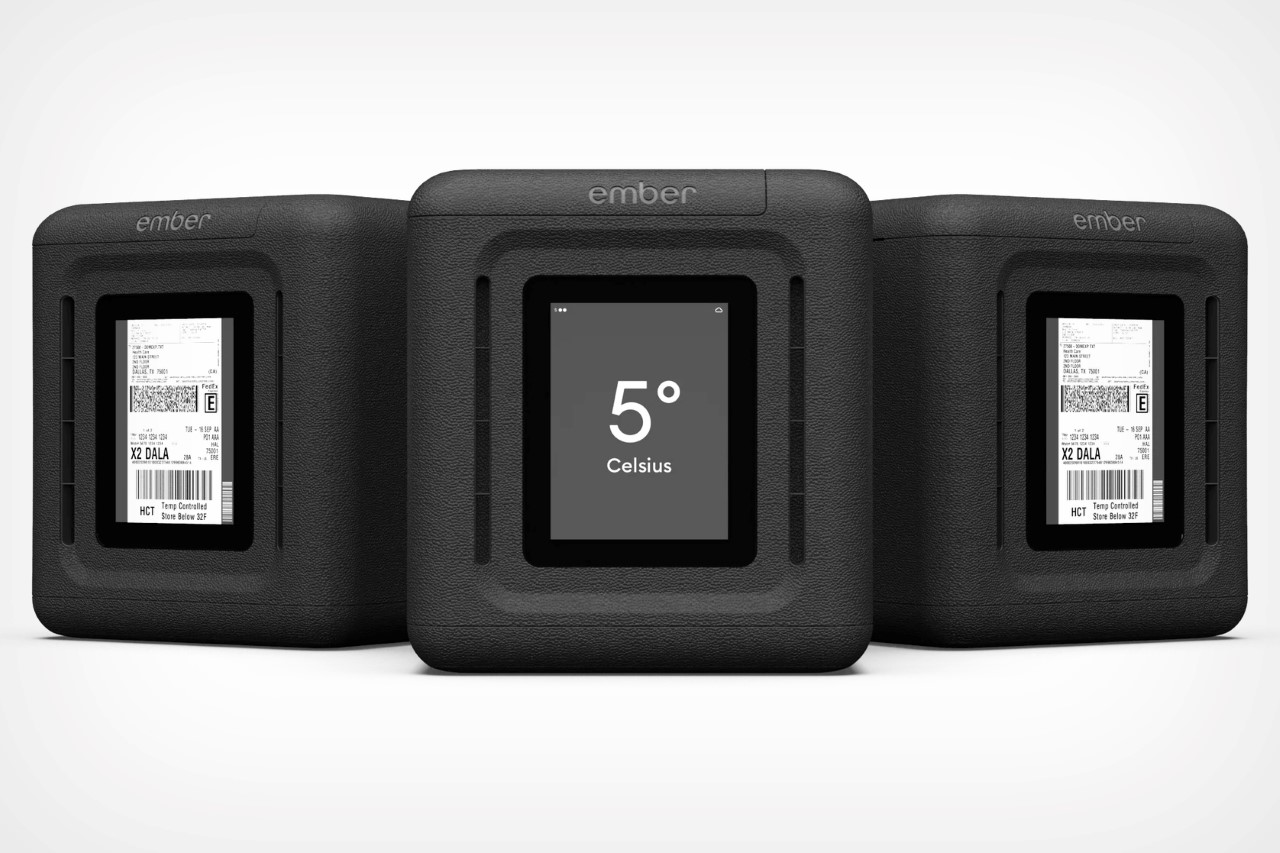
The Ember Cube is a self-refrigerated, cloud-based, trackable shipping box that’s ideal for the cold-chain logistical requirements of medicines and vaccines. Designed to be effective but also be durable and reusable, the Cube is set to offset nearly 3000 tonnes worth of medical shipping containers from entering landfills… in just the first year of its use. The Ember Cube uses the same microprocessors, sensors, and algorithms found in the Ember mugs, but flips the parameters by ensuring the contents within stay cool instead of warm. It uses a vacuum-insulated design, lined with phase-change gel-packs on the inside that help the container’s contents stay 41°F degrees for up to 72 hours, even in warm desert-like climate conditions.
5. Movano Ring
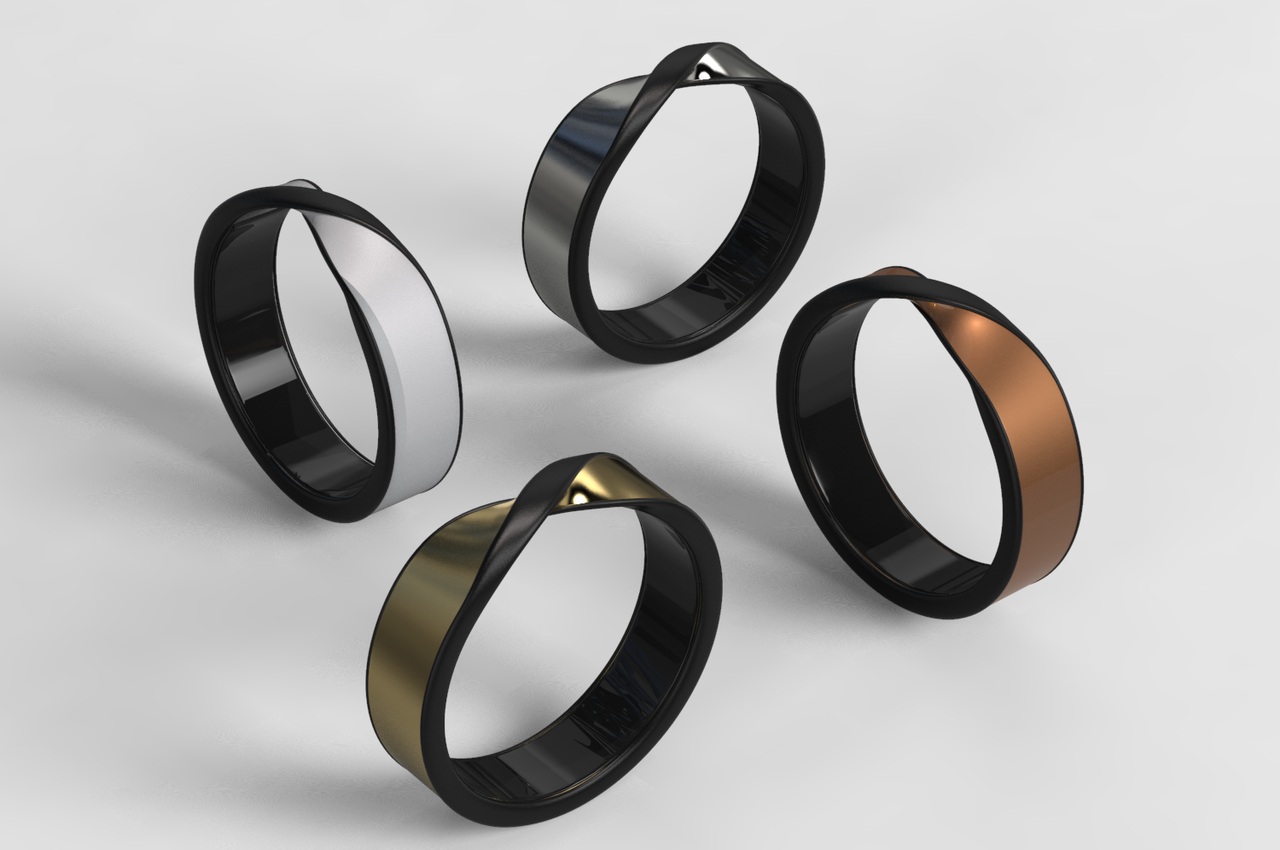

It’s easy to mistake the Movano Ring as a fashion accessory rather than a health tracker, coming in Gold, Silver, Copper, and Black colors. The open-loop or twisted design gives it more personality while also ensuring that it can adjust to any finger size. Movano’s wearable isn’t just a pretty face, though, and it promises the staple features you’d find on larger wearables. That includes measuring heart rate and heart rate variability, sleep, respiration, temperature, blood oxygen levels, steps, and calories. It correlates this data and transforms them into information and advice that most people will be able to understand, rather than having to rely on charts and graphs to try and make sense of all the figures.
6. The Tesla Module Rescue concept
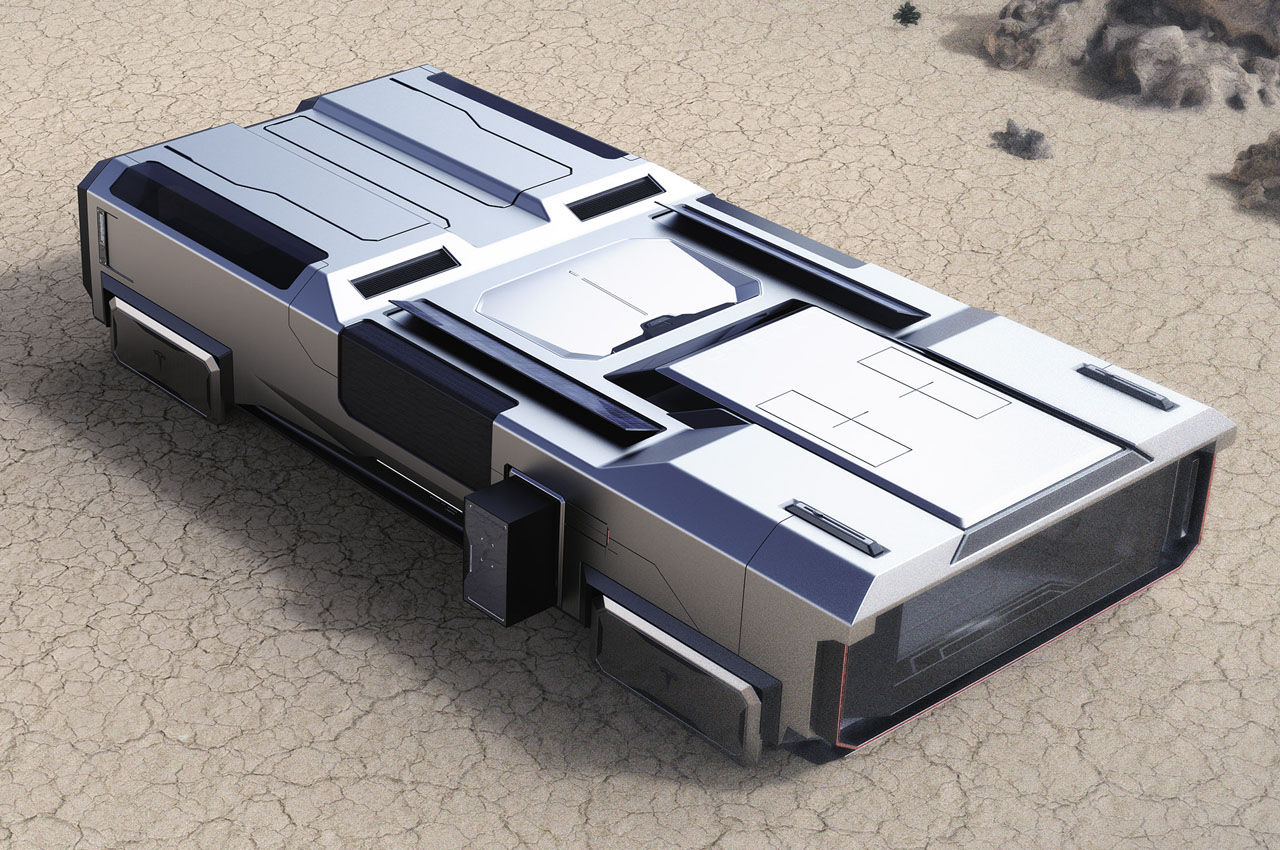
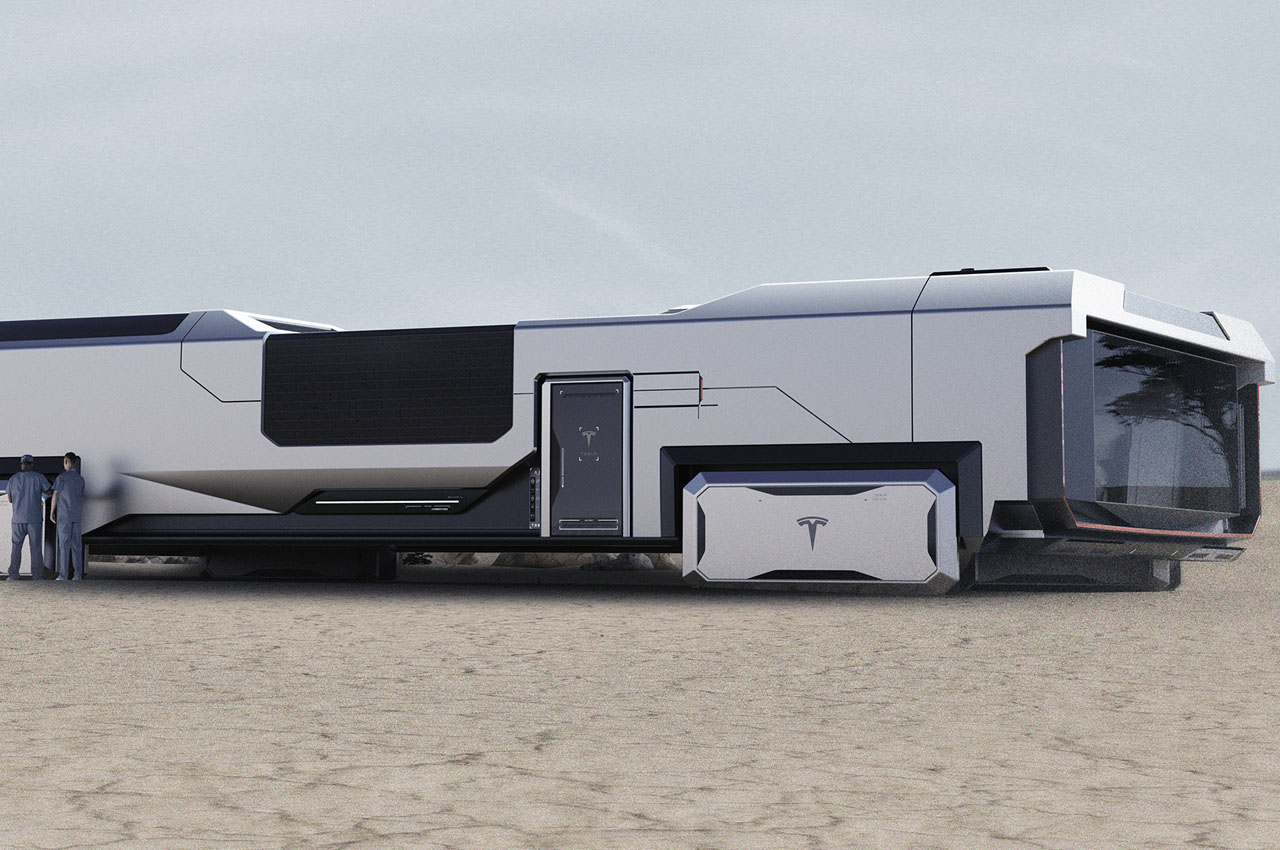
This futuristic-looking machine is a mobile health camp capable of housing medical personnel and space for rehabilitating patients in remote areas. The exterior of this module is inspired by the concept designs of supercars but in a much bigger proportion. The whole thing moves on tank-like treads, making it capable of conquering any harsh terrain or weather conditions given its reinforced structure. On the inside – it is all about comfort, spacious areas, and a luminous environment. There are compact sections that house the beds on the upper section, a private section on the bottom, and storage on the middle half of the module.
7. THERM°C
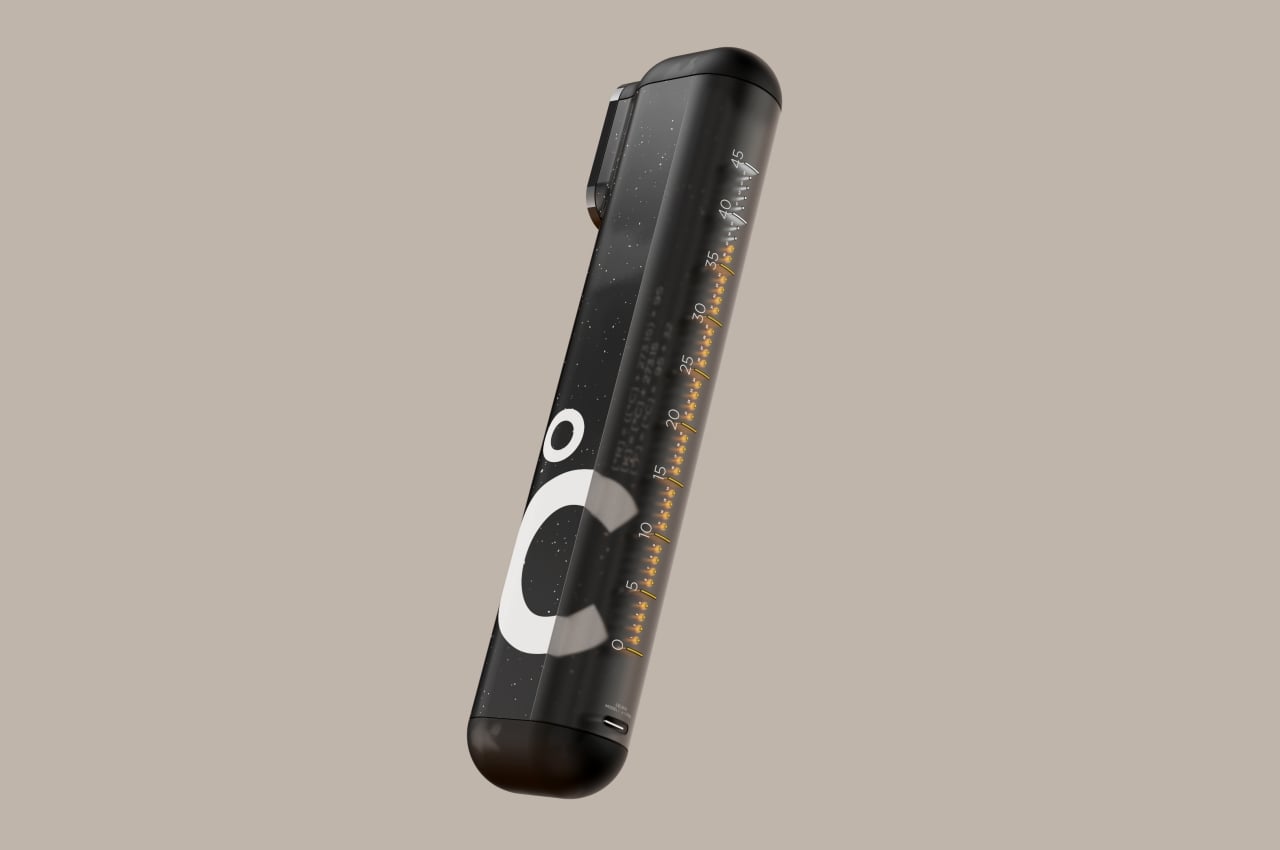
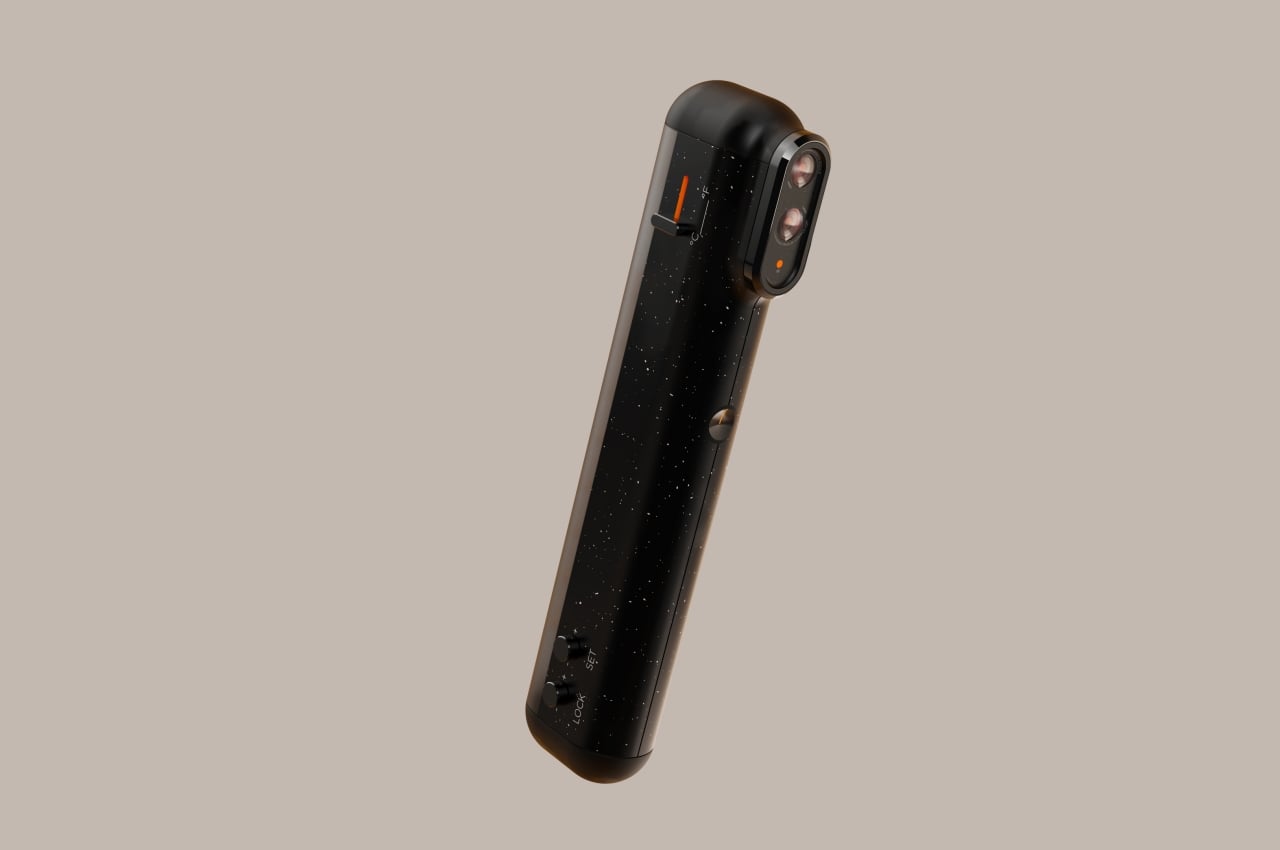
THERM°C is designed like almost all digital thermometers, held upright with the IR light and sensors at the top to take the measurement. What makes it unique, however, is the graduated ticks on the back of the device, mimicking the same method of measuring temperatures with analog tools, just without the liquid component. Instead of rising mercury or alcohol, LEDs light up that meter. As with most digital thermometers, the design of the THERM°C is meant to be simple to use and doesn’t require a manual. Curiously, there is a switch to change from Celsius to Fahrenheit readings, though it isn’t clear in the concept how these figures will change accordingly.
8. Plug & Play
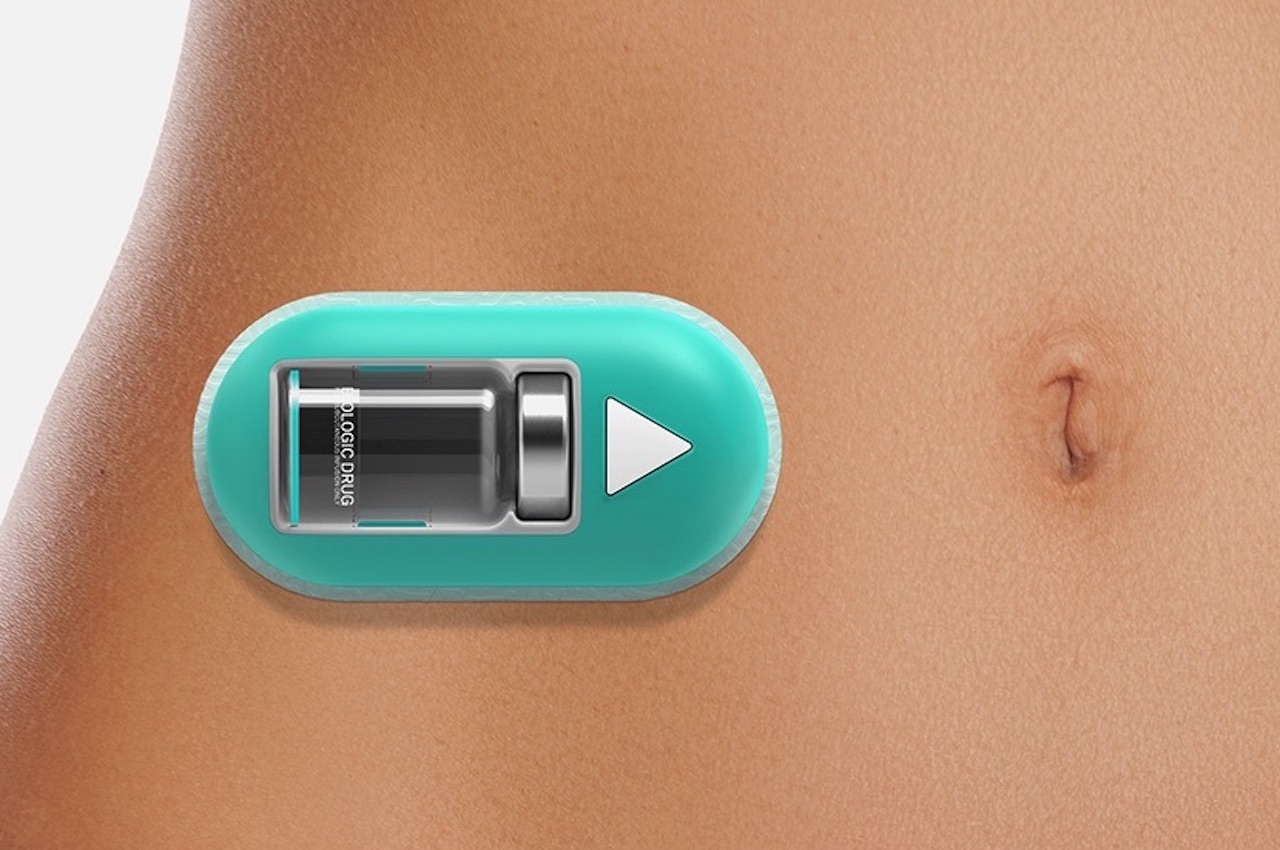
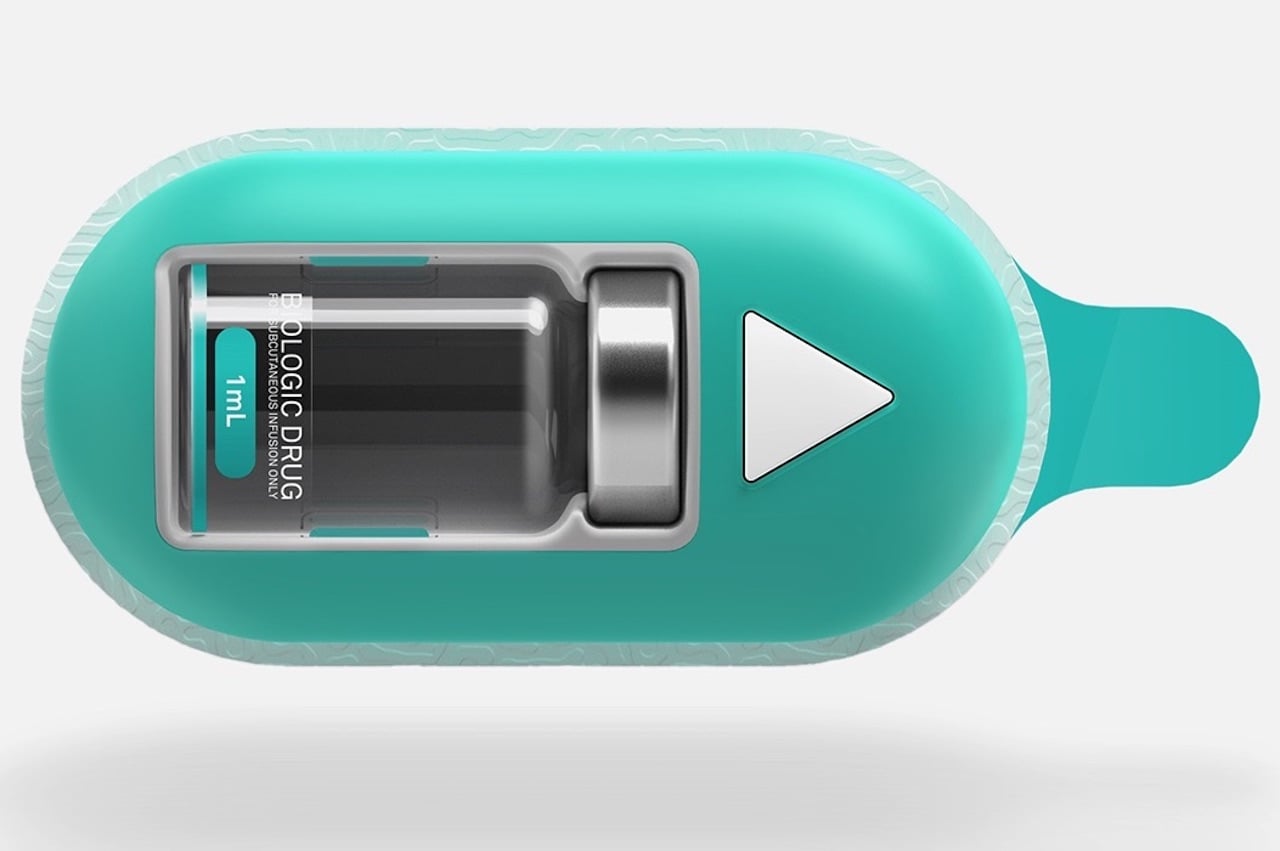
This personal injector is a small device that can be worn or stuck onto a body part. It helps fulfill a patient’s needs for injections. It’s not for every illness, syndrome, or health condition but only for those who need injections. It boasts a one-step plug-in mechanism so a patient can insert a vial easily. No need for another person to assist you. The Plug & Play will inject the contents of the vial itself into the patient after a single press of the play button. The name Plug & Play perfectly describes what this concept device does. You simply “plug” a vial and then press ‘play’ and it’s done. The simple process lessens the agony and waiting time for those who may be afraid of injections.
9. The Super Stethoscope
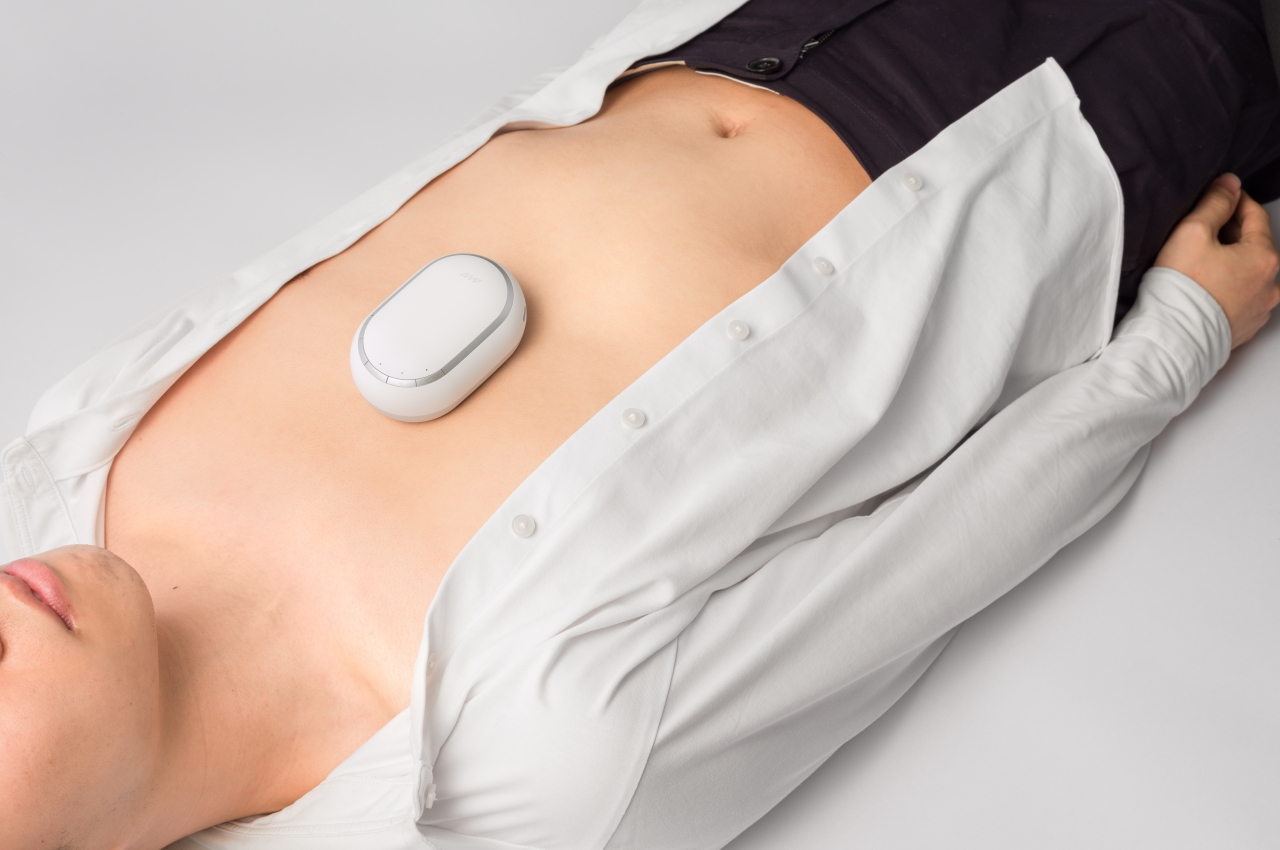
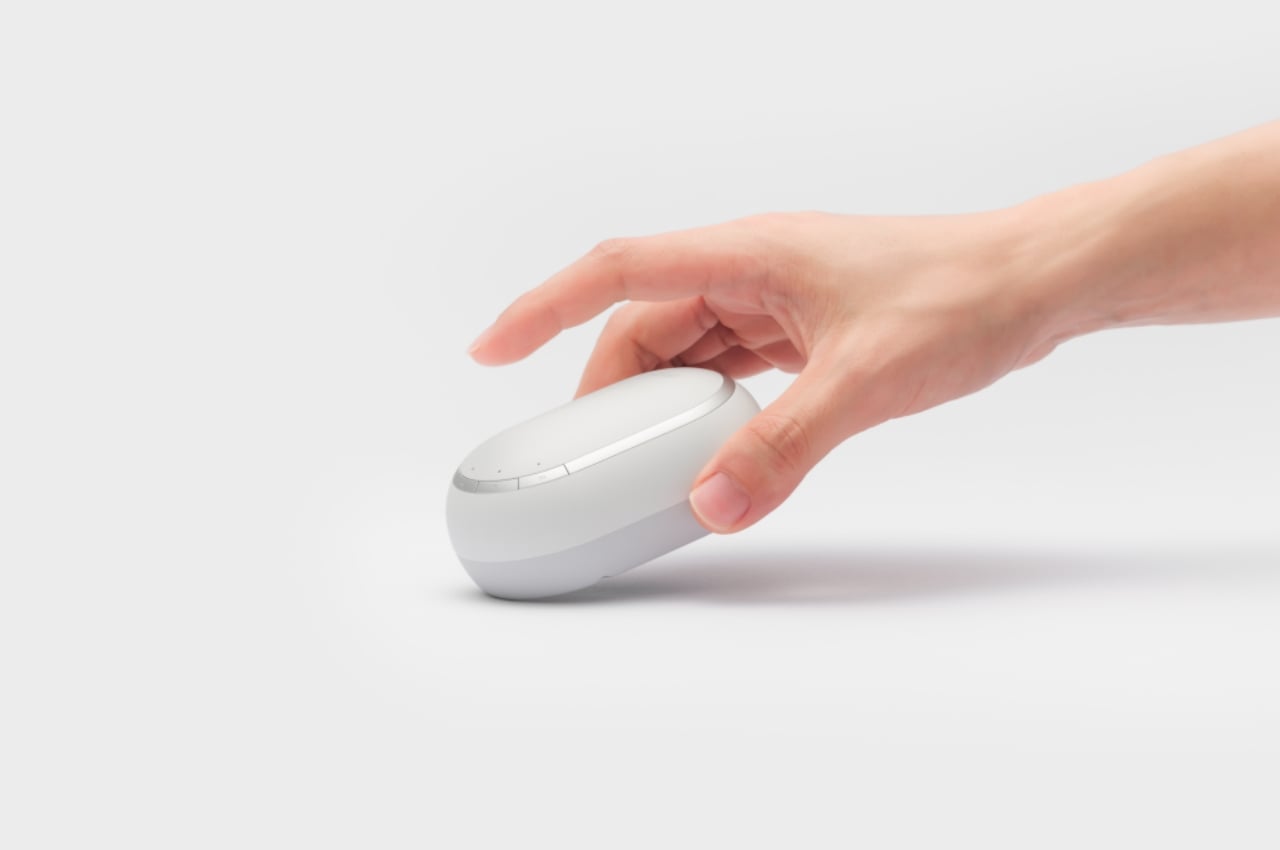
Calling it a stethoscope is a bit confusing because it doesn’t look anything like the iconic medical tool. That’s intentional, of course, because of the emotional and psychological barriers that might come with seeing a conventional stethoscope. Additionally, there are only a few things you can do with a stethoscope alone and without training, and most of its other uses require other tools, like a blood pressure apparatus. In contrast, this Super Stethoscope should be all that you need to read a variety of body signals, specifically those coming from the heart. This device would be able to take ECG and heart sound measurements to detect a variety of cardiac disorders.
10. Smart Fabric
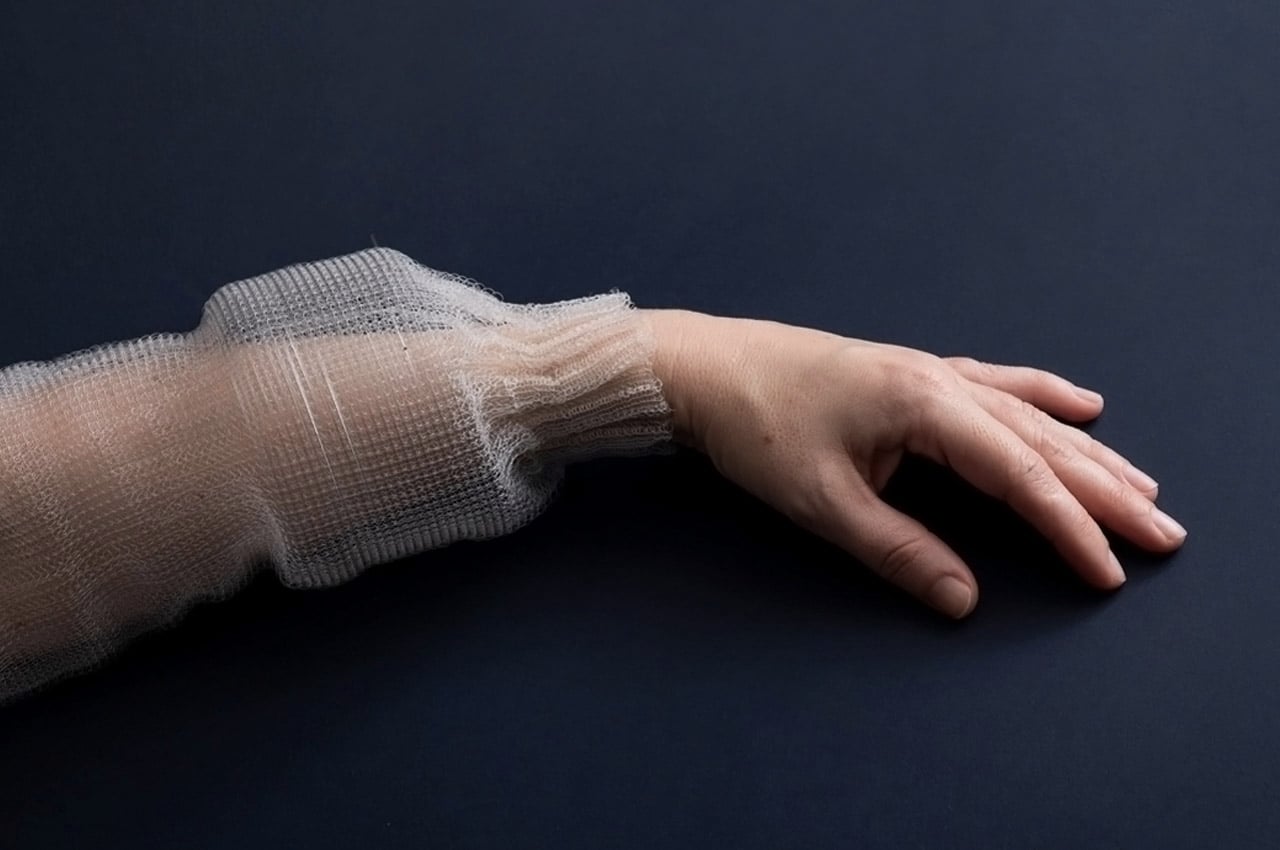

Each string of flexible fiber reaches tens of meters in length, containing hundreds of intertwined, digital sensors that monitor temperature changes and store memory. Each digital fiber, for instance, can collect and store information on changing body temperatures, garnering real-time inference for the wearer’s activity throughout the day. In addition to tracking and collecting data on physiological measures, the smart fabric retains the information gathered and “harbors the neural pathways” necessary to understand that data and infer the future activity of the wearer. Thin enough to slide through the eye of a needle, the smart fabric is woven with hundreds of laced digital chips that still remain undetectable to the wearer.



